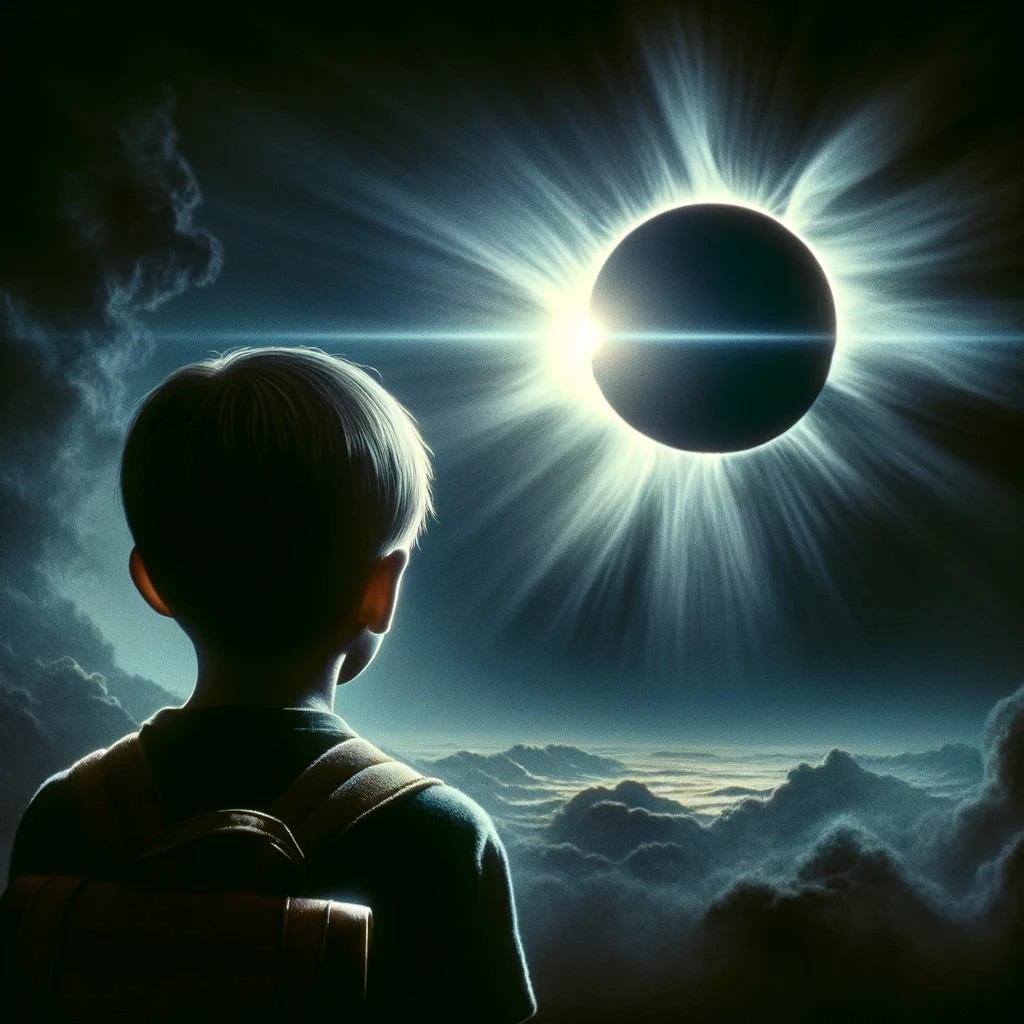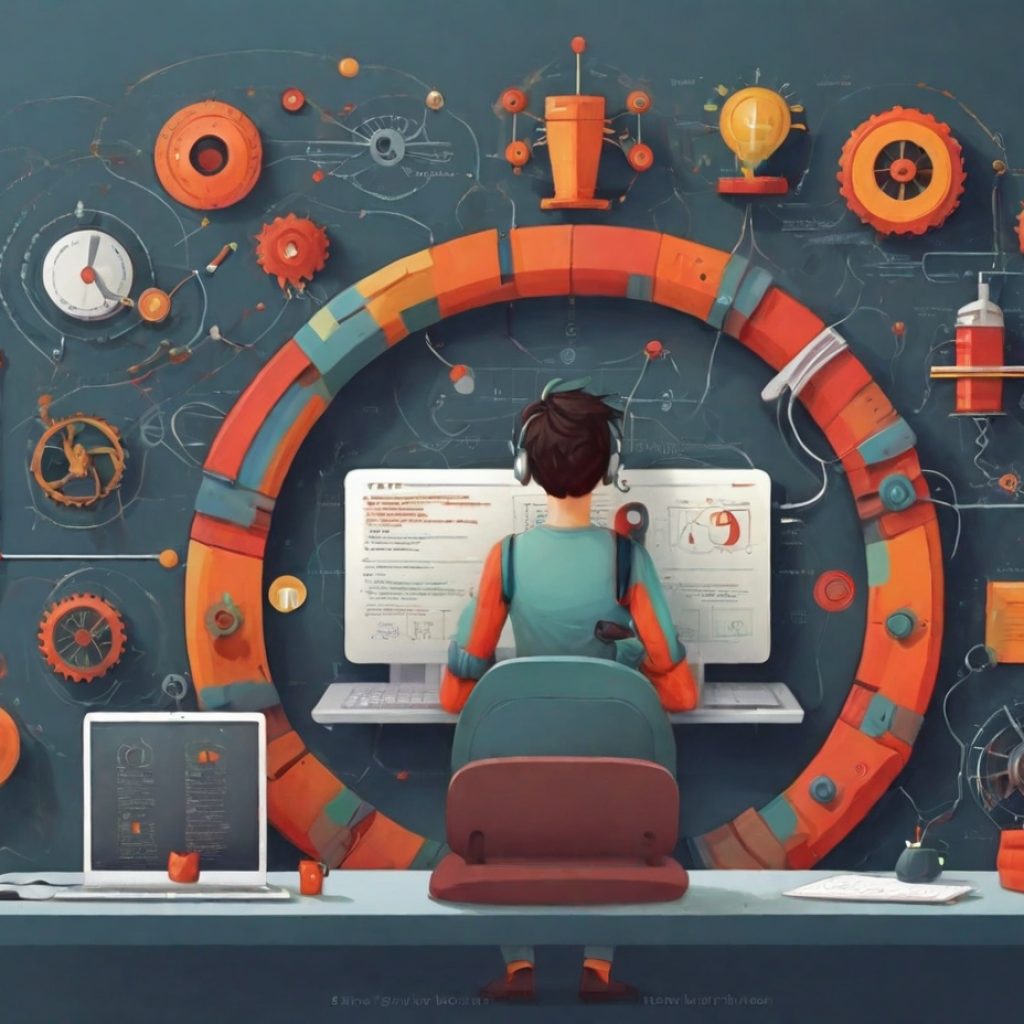As anticipation builds for the upcoming total solar eclipse on April 8, 2024, a shadow of concern looms over the reliability of information circulating online. Amidst the excitement, the emergence of AI-generated misinformation has raised questions about the accuracy of details surrounding the event, particularly regarding eye safety during the rare phenomenon. This stroy delves into the potential pitfalls of misinformation propagated by artificial intelligence, shedding light on the need for discernment in an age where technology and celestial events intersect.
AI-generated misinformation unveiled
In the age of advanced technology, the internet has become a breeding ground for misinformation, with AI playing a significant role in disseminating inaccurate details about critical events. A prime example is an article titled “Why shouldn’t we go out during eclipse?” that appears to be crafted by AI. This piece wrongly asserts that staring at the sun during a total solar eclipse, even briefly, can result in severe eye damage, including permanent vision loss—a claim valid only during a partial solar eclipse.
What compounds the issue is the misleading citation of reputable sources such as NASA, the American Astronomical Society, and the Royal Astronomical Society, albeit only in footnotes. Debra Ross, Chair of the Rochester Task Force for Eclipse 2024, warns that AI-generated articles often exploit clickbait titles and sensationalistic claims, falsely citing trusted sources. The responsibility, she emphasizes, rests on the readers to discern and rely on eclipse articles from reputable sources with precise information and links to original sources.
The crux of the problem lies in the broader challenge faced by experts across various fields—the internet’s transformation from a repository of accurate information to a breeding ground for misinformation. The large language models powering AI draw from the vast expanse of internet content, which is not always reliable. Nearly every article on solar eclipse safety cautions against looking at the sun without eye protection, but only a minority stress the exception for totality.
Rick Fienberg from the American Astronomical Society’s AAS Solar Eclipse Task Force explains that AI models, trained on predominantly incorrect information, may overlook crucial nuances. This oversight leads to AI-generated content perpetuating the misconception that looking at the sun during a total solar eclipse is never safe.
Chatbots and the total solar eclipse conundrum
The pitfalls extend to AI-powered chatbots, exemplified by interactions with Chat GPT. When questioned about the safety of looking at a total solar eclipse, the initial response unequivocally asserts the danger, failing to mention the crucial exception during totality. Only through further prompts does the chatbot reveal the accurate information. This delayed revelation poses a risk of confusion, especially as the public seeks quick and reliable answers in preparation for the celestial event.
Despite the challenges posed by AI-generated content, experts stress the importance of disseminating accurate information. The exception for totality, where looking at the sun with the naked eye is generally safe, must be highlighted. The responsibility lies with both content creators and consumers to ensure that nuanced details are not lost in the digital translation of information. As the rare total solar eclipse approaches, individuals are urged to seek information from trusted sources to make informed decisions about witnessing this celestial spectacle safely.
As we approach the celestial convergence of the total solar eclipse on April 8, 2024, the specter of AI-generated misinformation looms large. In navigating the shadows cast by technology, the public faces a critical question: Can we rely on AI-generated content for accurate information about the safety of viewing this rare celestial event? As we tread the delicate balance between technological advancements and ensuring public safety, the onus remains on individuals to critically evaluate information and discern the truth amidst the digital haze. Will the online landscape withstand the challenge, or will misinformation cast a shadow over the April eclipse? The answer lies in our collective ability to question, verify, and embrace the pursuit of accurate knowledge.





